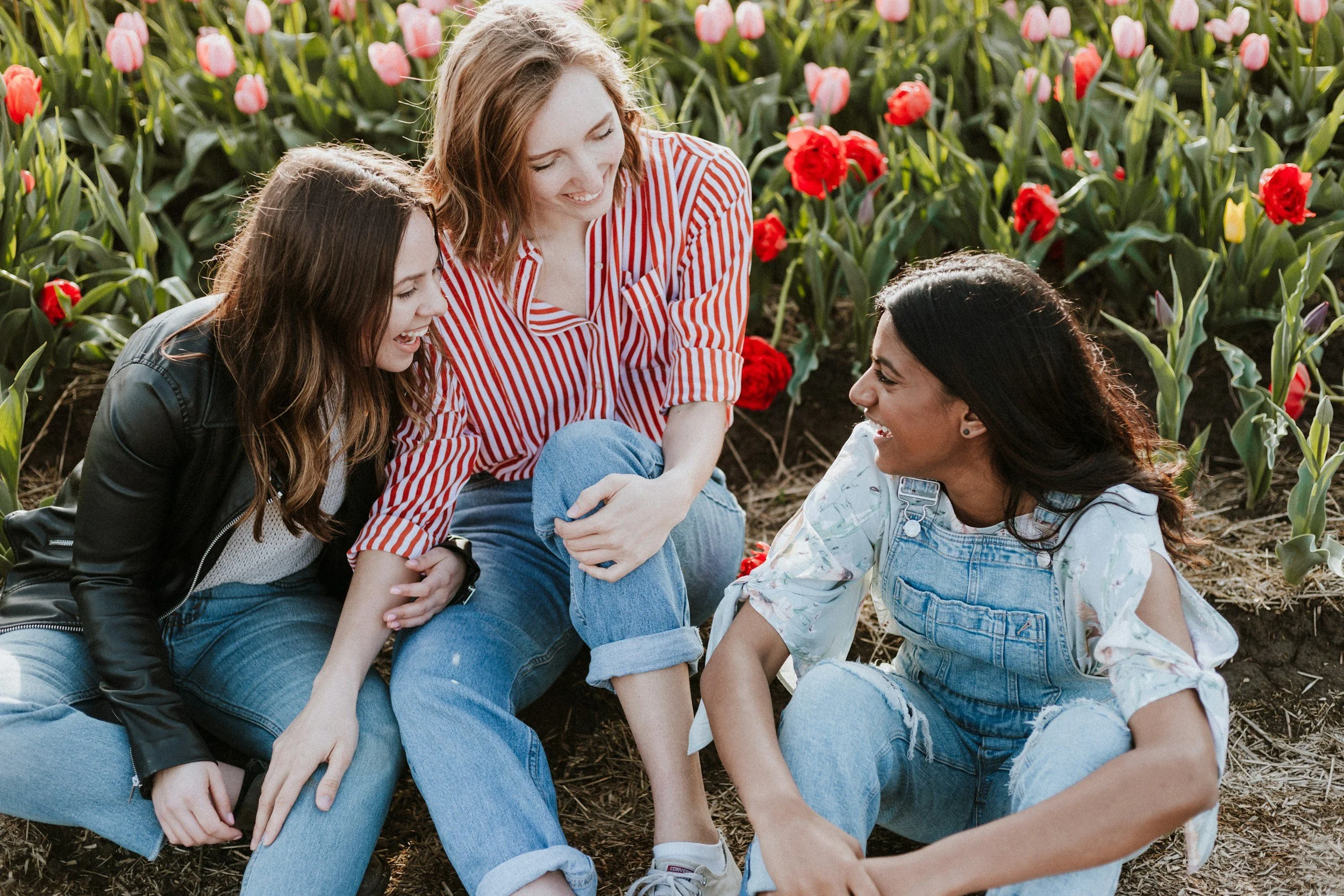Your Body Talks—What’s It Saying?
Introduction
Have you ever walked into a room and instantly felt the vibe—without anyone saying a word? That’s body language doing the talking. Your body is constantly sending out signals, whether you mean to or not. From the way you sit in class to how you look at someone across the hallway, you're communicating all the time—without even opening your mouth.
Understanding body language is like learning a secret language. It helps you express yourself better and understand other people more clearly. So… what’s your body saying right now?
What Is Body Language
Body language is all the nonverbal stuff we do that sends a message—like gestures, posture, facial expressions, eye contact, and even the way we stand or move. It’s a huge part of communication, and it often speaks louder than words.
Imagine someone says they’re “fine,” but their arms are crossed, they’re fidgeting, and they’re not making eye contact. Do you believe them?
That’s the power of body language—it reveals how we really feel, even if we don’t say it out loud.
Why Body Language Matters For Teens
Being aware of body language helps in so many parts of your daily life:
First impressions: Your posture and eye contact can say “confident” or “awkward” before you even speak.
Friendships & dating: How you show interest, comfort, or discomfort all comes through nonverbally.
School life: Teachers and classmates often read your body language before your words.
Online & offline: Even in selfies or video chats, how you carry yourself matters.
Self-awareness: Knowing how you look and act helps you control the message you’re sending.
What Your Body Might Be Saying (Posture, Eye Contact, Gestures)
Posture
Slouching = Tired, bored, or lacking confidence.
Standing tall = Confident, alert, ready to engage.
Fix: Try lifting your chest slightly and relaxing your shoulders—instant boost.
Eye Contact
No eye contact = Nervous, shy, or hiding something.
Too much = Intense or intimidating.
Fix: Make natural, friendly eye contact (3–5 seconds), then glance away casually.
Gestures & Hands
Fidgeting or tapping = Anxious, distracted, or impatient.
Open palms or relaxed hands = Trustworthy, calm.
Fix: Keep your hands open, relaxed, and still when you’re talking or listening.
Facial Expressions
Blank face = Bored, upset, or disconnected.
Raised eyebrows, nodding = Interested and engaged.
Fix: Mirror what you're feeling—don’t force a fake smile, but don’t zone out either.
Personal Space & Movement
Too close = Makes people uncomfortable.
Too far = Might seem cold or distant.
Fix: Respect personal space (about an arm’s length) and stay aware of how people react to where you’re standing.
How To Read Other People’s Body Language
Reading someone else’s body language isn’t about being a mind-reader—it’s about picking up clues.
Tips:
Watch for clusters: Don’t judge based on one gesture. Look for several signals that match (e.g., crossed arms, a frown, and avoiding eye contact).
Use context: Crossed arms could mean they’re cold—not annoyed!
Ask gently if unsure: “You okay?” goes a long way.
“Words can be misleading, but body language often tells the truth.”
How To Become More Aware Of Your Own Body Language (For Teens)
Here are simple ways to check in with what your body is saying:
Do a posture scan – Are you slouching? Tense?
Watch your hands – Are you constantly touching your face, tapping, or fidgeting?
Practice in a mirror – What does your neutral face look like?
Record yourself – See how you come across in video chats or presentations.
It’s not about being perfect—it’s about staying in tune with how you present yourself.
Body Language Myths
Crossed arms = defensive
Not always—they might just be comfy or cold.
Looking away = lying
Some people just find eye contact uncomfortable.Fidgeting = not paying attention
Some people focus better when moving.Smiling = happy
People often smile to hide stress or discomfort.
Always read the full picture—not just one pose or expression.
Final Thought
Your body is always talking—even when you’re not. The more aware you are of what it's saying, the more control you have over how you come across. So next time you’re in a room, on a call, or walking down the hall—listen to your body.
What’s it saying right now?
Frequently Asked Questions About Body Language
-
Yes! People form opinions in seconds, and body language plays a huge role in how confident, trustworthy, or friendly you seem.
-
First, notice it. Then adjust—like relaxing your posture or making eye contact. Small changes make a big difference.
-
Absolutely. Some gestures or levels of eye contact can mean very different things around the world. When in doubt, stay respectful and open.
-
You can learn to manage it. Focus on slowing your breathing, relaxing your shoulders, and using steady movements. Practice helps.
-
Start by observing others, then practice your own awareness. Watch confident people, stand tall, and keep your expressions natural. And remember—your body learns what you repeat!










